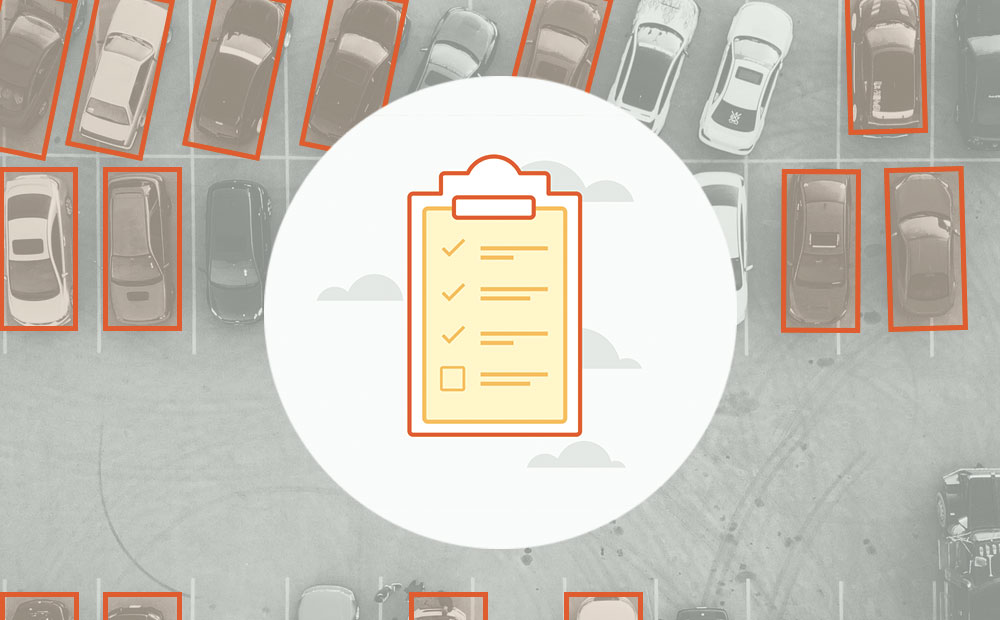All blog posts
<- View categories
-
Sentinel-2 Cloud-Optimized GeoTIFFs Now Available on AWS Registry of Open Data
This week, in collaboration with Geoscience Australia, we released our Sentinel-2 Cloud-Optimized GeoTIFF (COG) dataset on AWS Open Data. Our collection contains all 11.4 million scenes from the Sentinel-2 Public Dataset, except the JPEG2000 (JP2K) files are all converted to COGs. Our dataset is continuously updated to mirror the growth of the public Sentinel-2 data…
-
Sentinel-2 Cloud-Optimized GeoTIFFs Now Available on AWS Registry of Open Data
This week, in collaboration with Geoscience Australia, we released our Sentinel-2 Cloud-Optimized GeoTIFF (COG) dataset on AWS Open Data. Our collection contains all 11.4 million scenes from the Sentinel-2 Public Dataset, except the JPEG2000 (JP2K) files are all converted to COGs. Our dataset is continuously updated to mirror the growth of the public Sentinel-2 data…
-
How Can OpenStreetMap be Used to Track UN Sustainable Development Goals?
We learned that OpenStreetMap is a great source of data for tracking SDG indicator 11.7.1. OSM provides data on public open or green spaces in cities that is similar in quality to more “official” sources like municipal Open Data portals, and collecting the data from OSM requires relatively little effort.
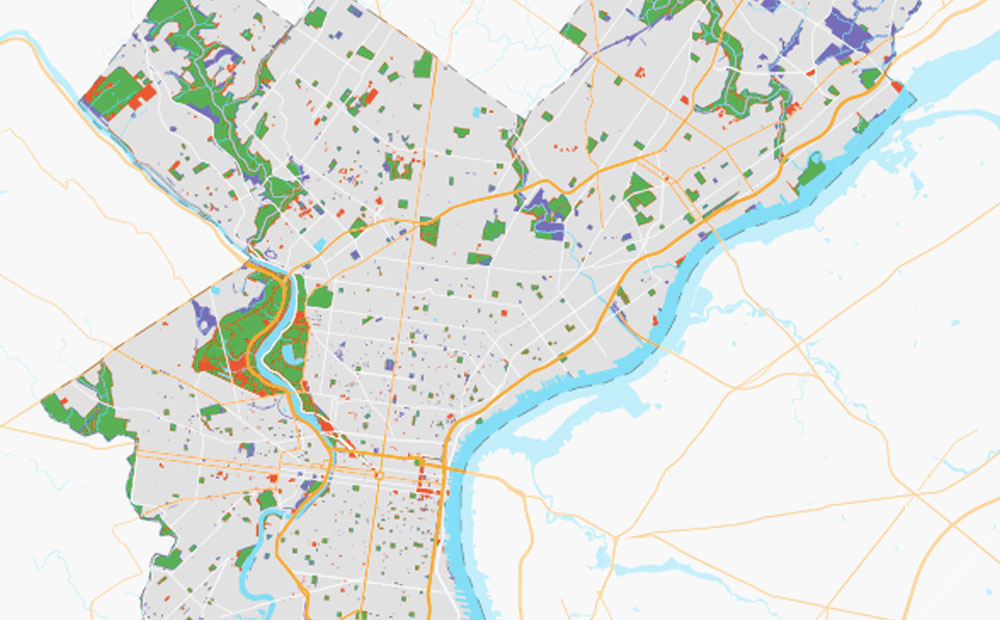
-
Using GIS to Guide Philadelphia’s First Neighborhood-Level Forestry Plan
The adoption of Philadelphia’s Urban Forest Strategic Plan and Hunting Park’s Forestry Plan presents a unique opportunity to address the need for equitable tree planting and the reduction of heat vulnerability, as these two plans are the city’s first cohesive attempts to prioritize and manage its urban forest.
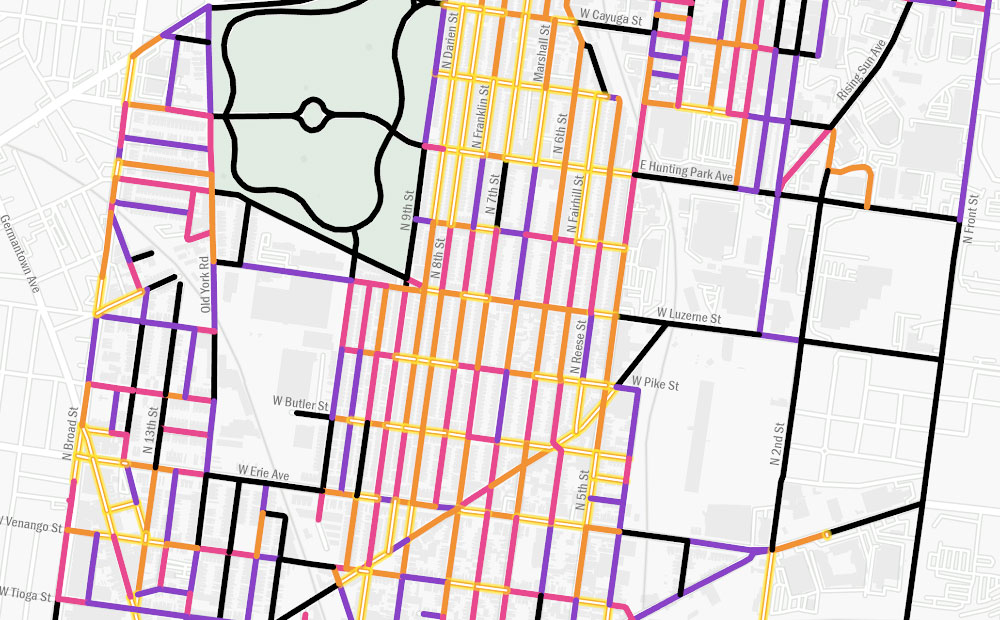
-
Bringing Open Data to the Apparel Industry
We chatted with the Open Apparel Registry team about how open data and open source are becoming a larger part of the apparel industry.
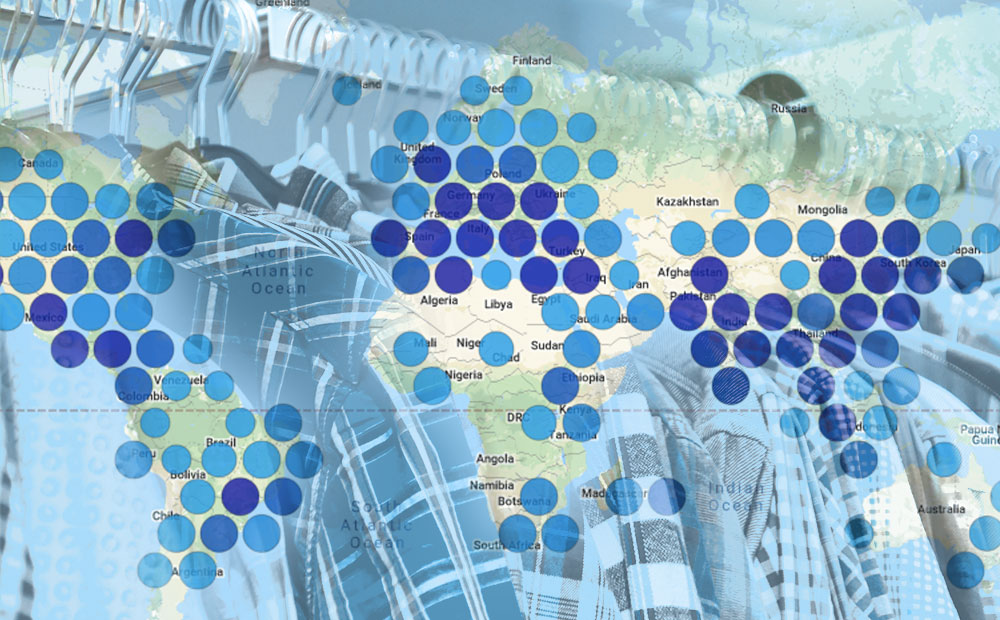
-
PySTAC 0.5.0 for STAC 1.0.0-beta.2
PySTAC 0.5.0 for STAC 1.0.0-beta.2 is released! We’re keeping PySTAC up with changes to the spec itself, and rounding out the library with new extensions and features. In this post, we’ll catch you up with what’s new.

-
Amazon Web Services and Amazon Rain Forests: A Software Architectural Review
WRI hired Azavea to perform a software architectural review to evaluate the technical organization of Global Forest Watch.
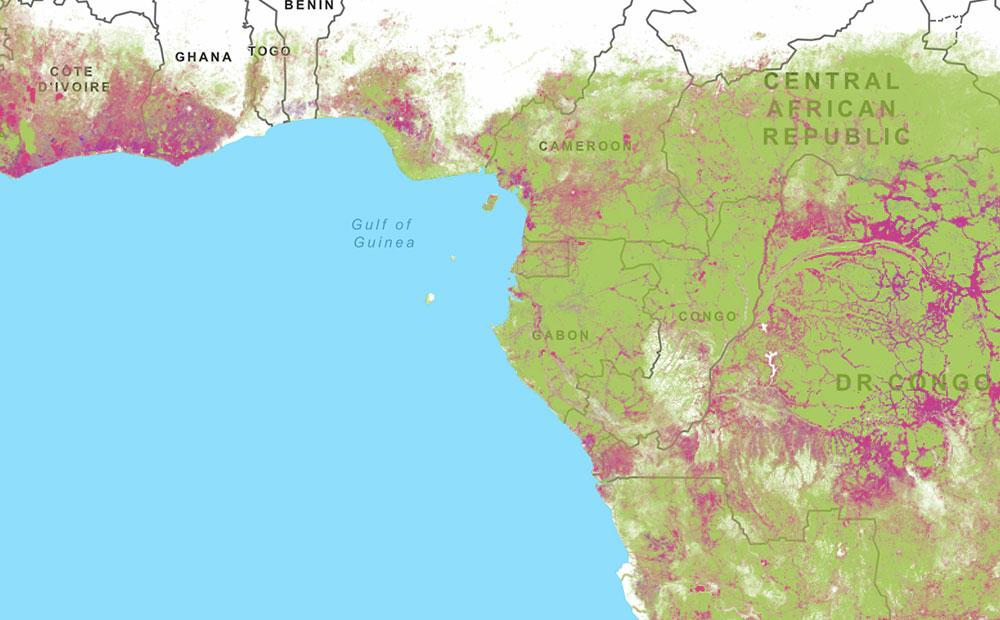
-
The Business Case for Raster Vision
Raster Vision is the interface between the fields of earth observation and deep learning, making it easier to apply novel computer vision techniques to geospatial imagery of all types. Joe lays out how it can be implemented in your organization and give you a competitive advantage.
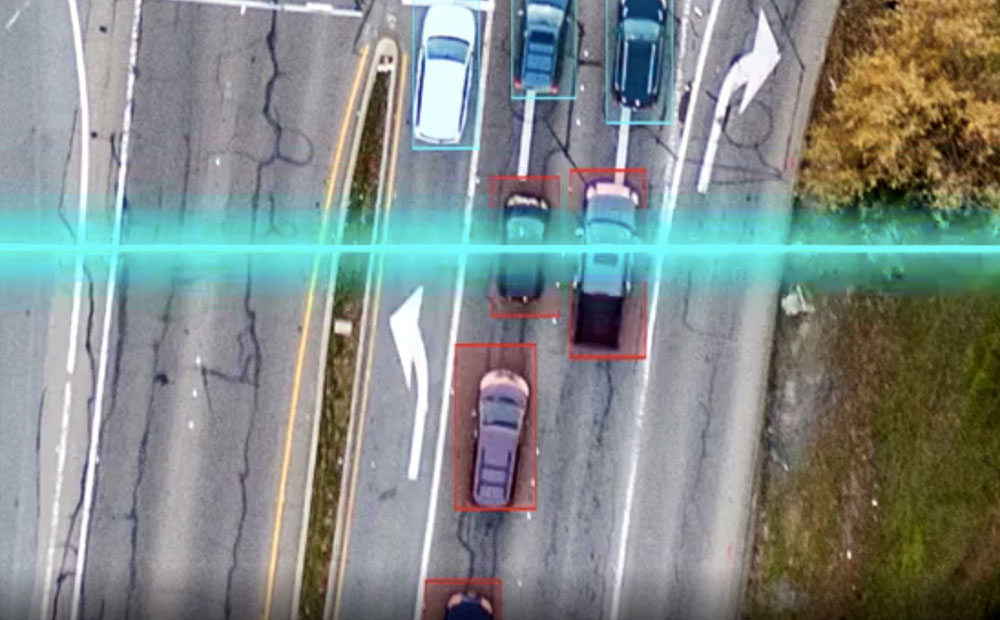
-
Which Congressional Districts are Over and Under Populated
We calculated which congressional districts have become over or underpopulated since they were last drawn.
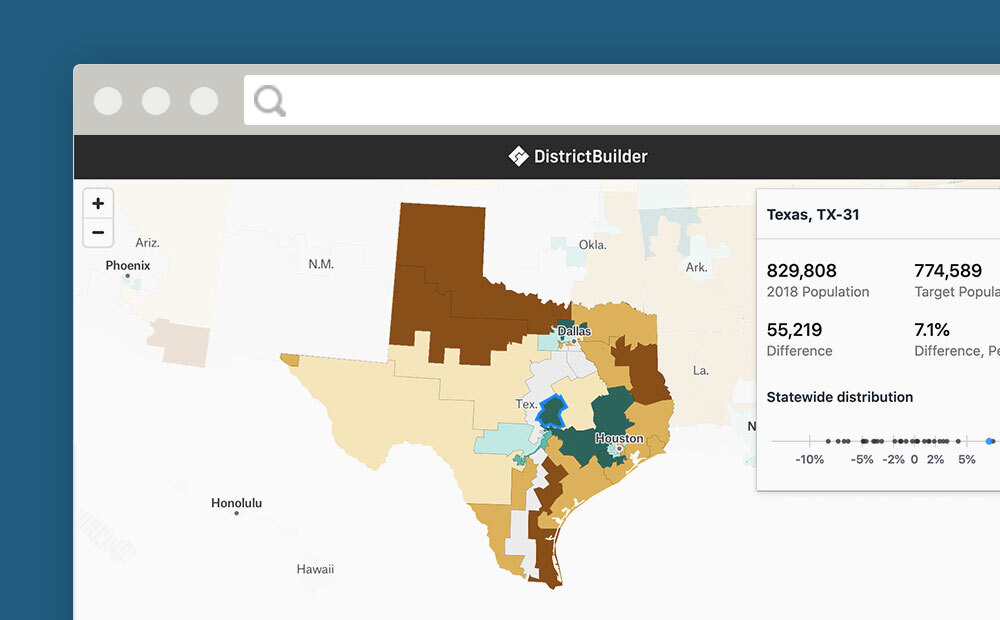
-
Five Strategies for Building a Bootstrapped Product
Without taking on copious outside investment, we have to support our products with only a share of our available time and resources. Here are five strategies we use to build successful bootstrapped products.
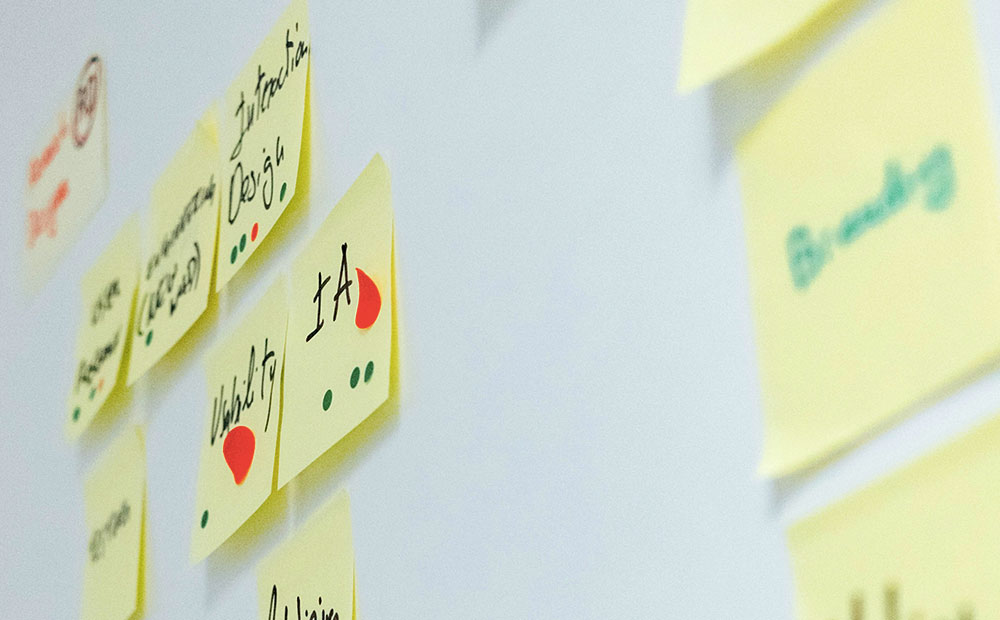
-
3 Tips to Optimize Your Machine Learning Project for Data Labeling
Mining the knowledge and expertise of your data labeling team will improve the data quality of your machine learning project and increase your team’s productivity.
